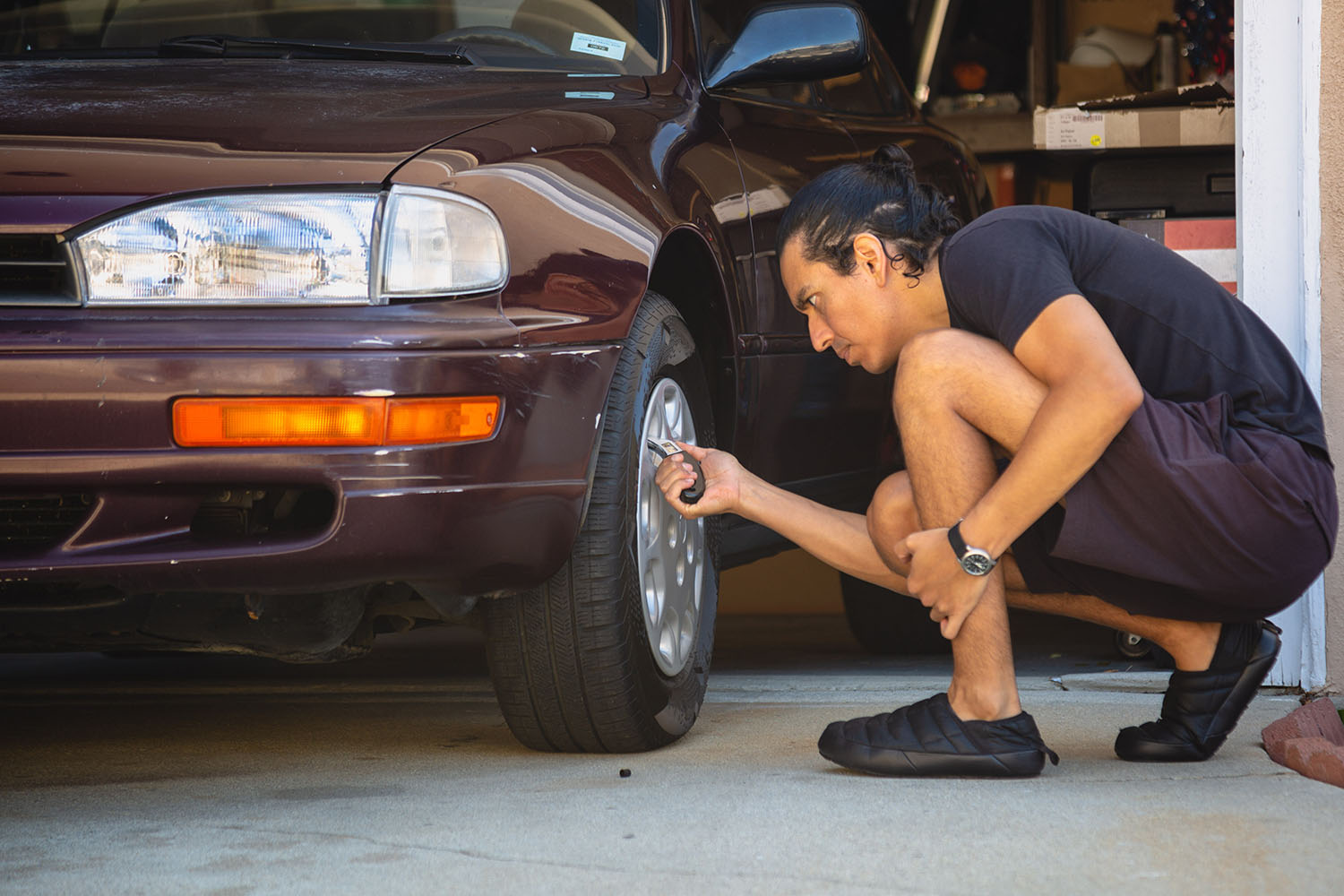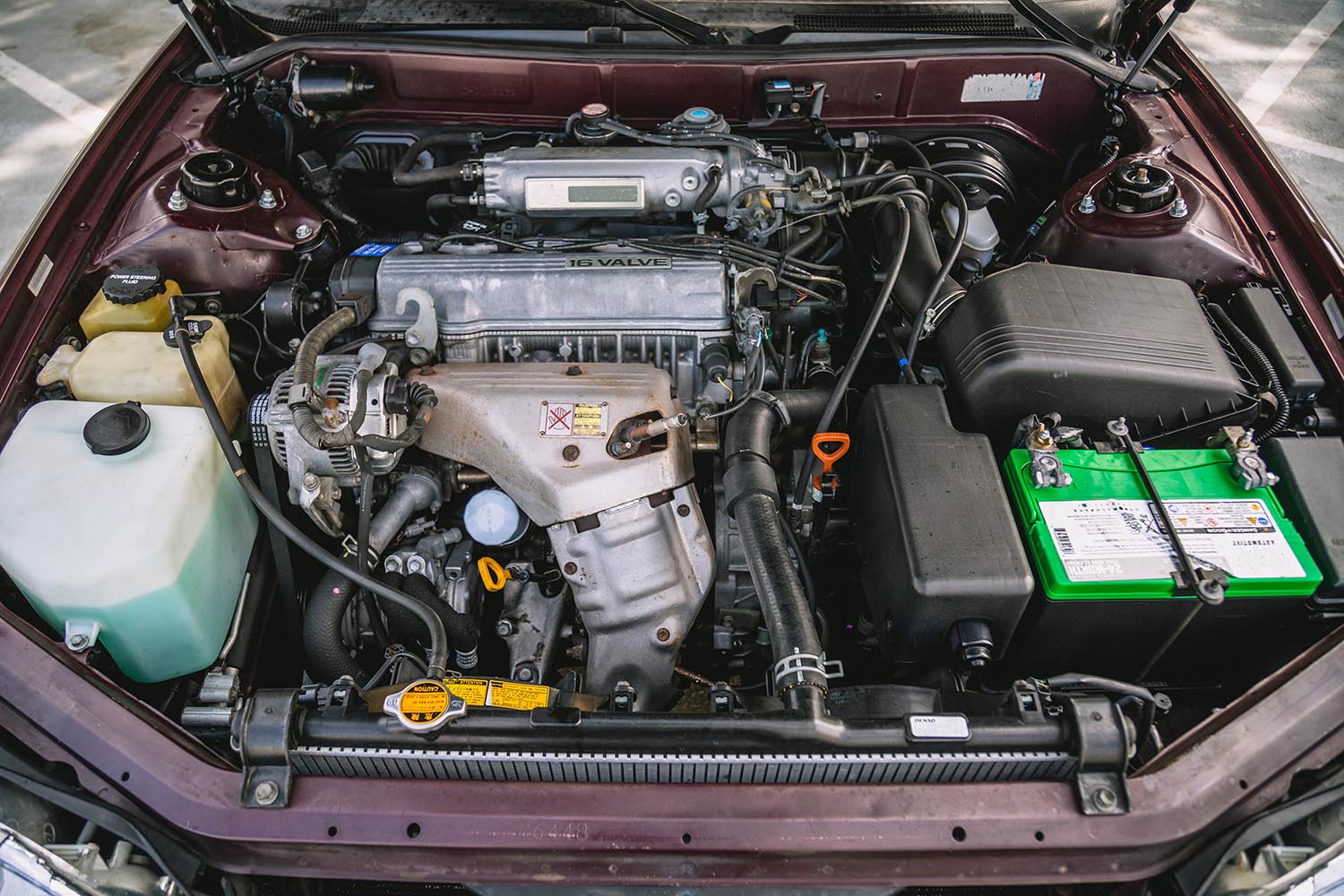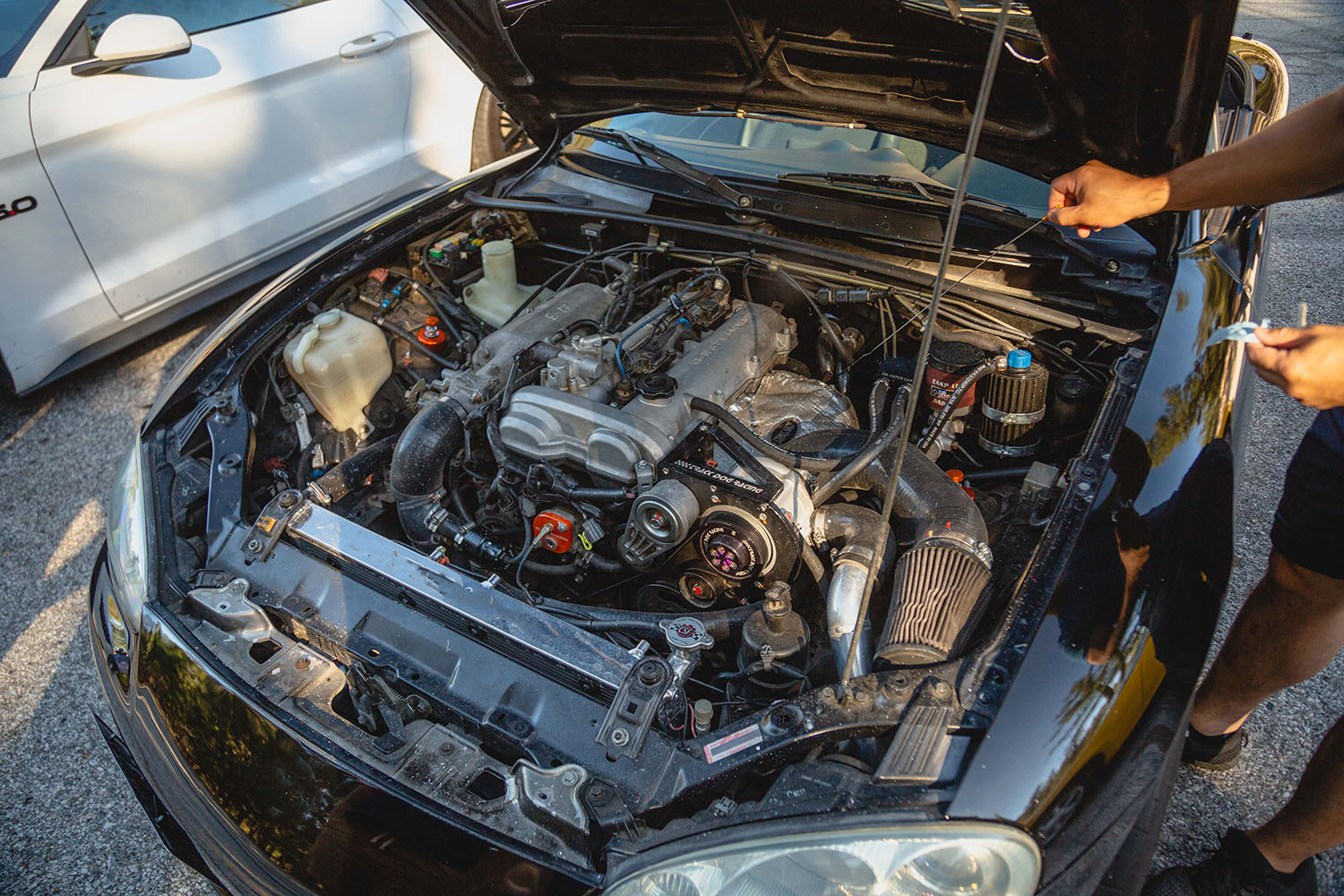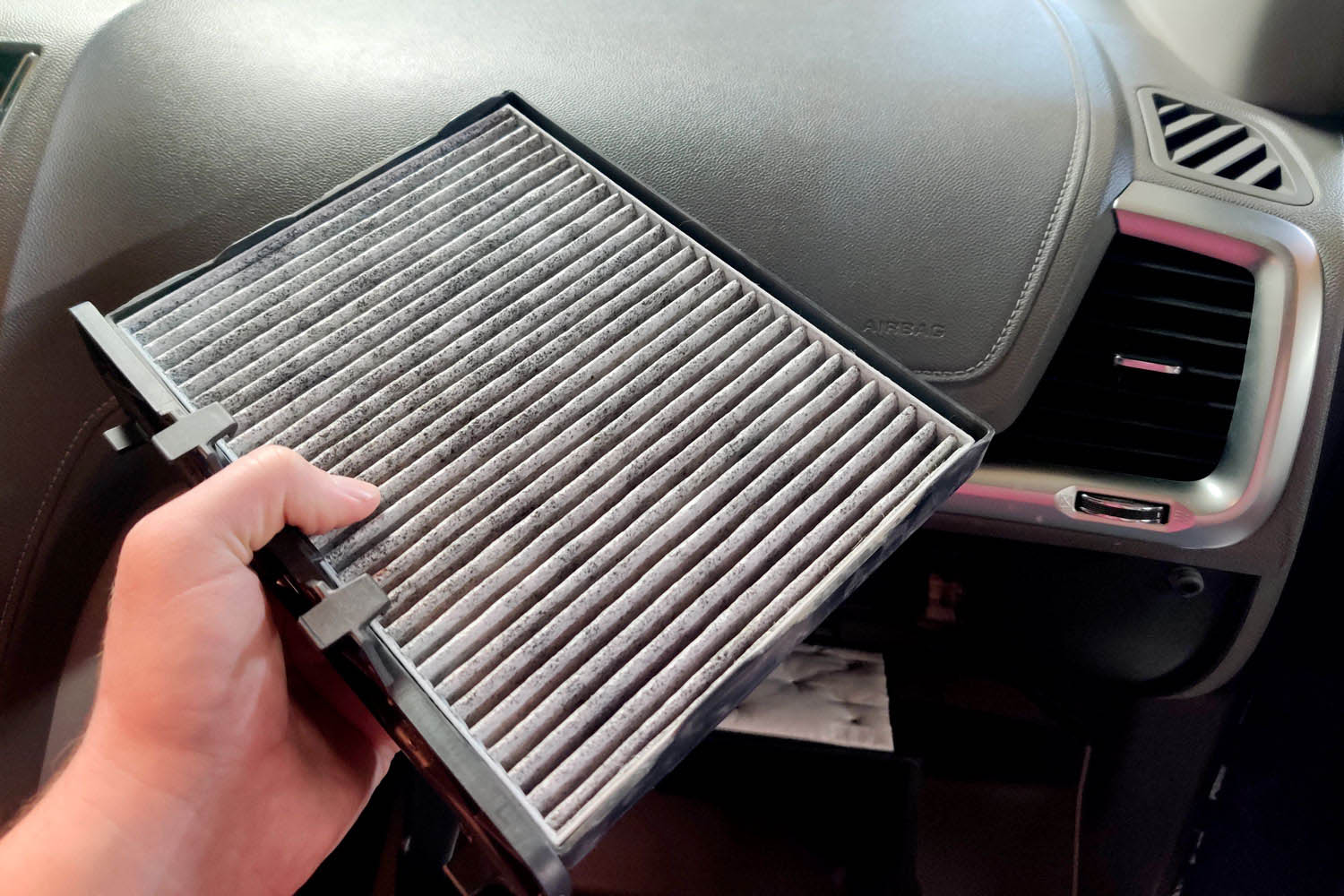Car Maintenance You Should Perform After a Summer Road Trip
Staying on top of these inspections could help prevent hassles once you're back home.
 Manuel Carrillo III | Capital One
Manuel Carrillo III | Capital One
Article QuickTakes:
It often feels natural to give your car a once-over before you head out on a long summer road trip. No one wants to wind up stranded on the side of the road because of overlooked routine maintenance.
That said, it's likely worth paying equal attention to your vehicle once you're back home, especially if you've put thousands of miles on the odometer. The highway can be harsh on many parts of your car, and staying on top of its condition immediately after a trip could save you headaches down the road.
Here's how to perform a post-trip checkup that should help keep your car in top shape.
 Manuel Carrillo III
Manuel Carrillo III
Time for a Tire Inspection
Perhaps no part of your vehicle takes more of a beating in daily use than its tires, which are in constant contact with an often-changing driving surface. On a road trip, much of the travel happens at higher speeds, which means heat will take an even greater toll and any obstacles you might hit will have more of an impact.
It's important to check the sidewalls and treads of each tire for signs of damage that could have resulted from potholes and other bumps in the road. You should also look for any embedded objects — such as nails or screws — that could cause a slow leak.
At the same time, inspect for uneven wear on the inner and outer edges or along the center strip of the tire tread. This could indicate a suspension problem that has ground down the rubber over the course of the trip and might mean it's time for an alignment. It may also indicate that the vehicle was overloaded during the trip, causing the suspension to sag and change the angle at which the rubber met the road or that the tire is over- or under-inflated. It's worth breaking out the pressure gauge to make sure your tires are properly inflated.
 Manuel Carrillo III
Manuel Carrillo III
Check Your Coolant
The hot summer sun affects more than just tires. It can also put your vehicle's cooling system through a serious workout, especially when you pile on the road-trip miles.
There are two elements of your cooling system that it could be helpful to check once you're back home. The first is the coolant itself. If the fluid is dark, looks dirty, or smells burned when you open the overflow reservoir, that's an indication that it might be time for replacement. If in doubt, an inexpensive antifreeze tester — such as a hydrometer, which measures liquids, or coolant test strips — will give you a better idea.
Check the actual level of the fluid. If it looks low, you can add a mix of coolant and distilled water to bring it up to the line. Afterward, you can check the radiator to see if there are any small coolant leaks that could be causing it to lose fluid. A road trip can send small stones into the radiator fins and create punctures. The constant jostling can also work hose clamps loose, which can lead to seeping.
 Manuel Carrillo III
Manuel Carrillo III
Check Other Fluids
Coolant isn't the only fluid that should get attention after a road trip. All that driving may have pushed your vehicle past its oil-change window, which means it might be time to take a trip to the dealership, oil-change shop, or auto-parts store if you change your own oil.
This might be the easiest check on your post-road trip maintenance list. All you have to do is compare your odometer to your record of when you last had your oil changed. Then look up the recommended interval in your owner's manual to see if it's time for fresh oil.
While you're under the hood, consider taking a look at the automatic-transmission fluid. The extra heat from thousands of miles of summer driving can take a toll on this type of fluid, too. Find the page in your owner's manual that explains how to perform this check and then inspect what you see on the dipstick for any signs of debris, heat damage, or murkiness.
It's good to also take a peek under your vehicle to see if any fluids are clinging to the frame, floorboards, or suspension components. Leaking fluids that are blown by the wind of highway driving can be difficult to spot in the engine bay but will often collect on the underside of a vehicle.
 Austin Lott
Austin Lott
Get Clean
Chances are the front of your car is plastered with bugs, tar, and other ick after so much time out on the road. The longer all of that gunk sits there, the stronger the bond it will make with your trim and paint, which can damage your vehicle's finish.
It's time to spray down, soap up, and rinse away the evidence of your travels. If you're having trouble removing some of the more stubborn winged insects or bits of debris, you can find cleaners formulated for bugs and tar that will save you some elbow grease.
After the vehicle is clean, consider inspecting your air filter. A long trip spanning many dusty summer days can clog up a filter and choke your engine, gradually reducing power and efficiency. If the filter is visibly dirty, it's time to replace it (or clean it, if it's a reusable design). You may also want to take a look at your in-cabin air filter, as it too could have become dirty during your trip.



